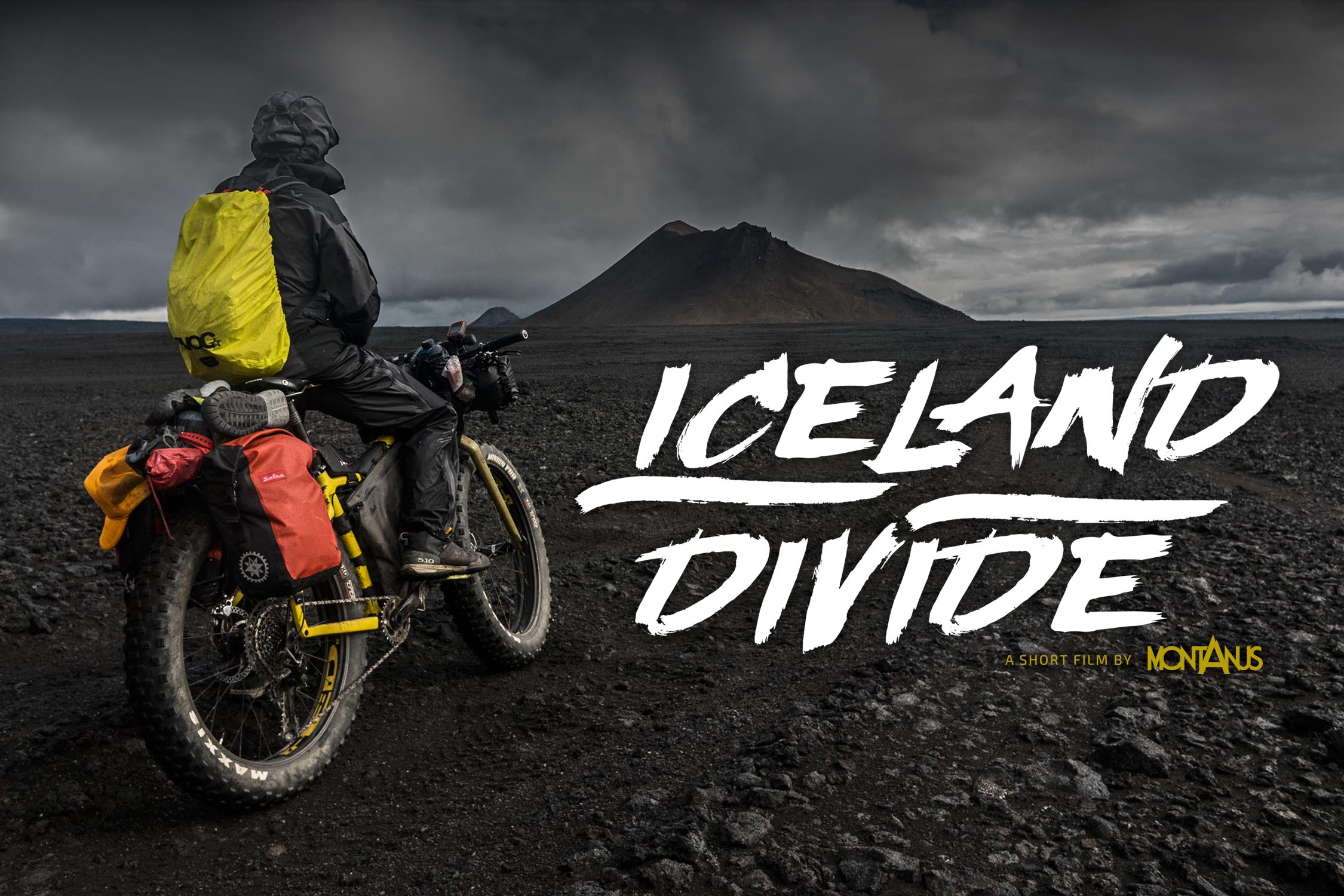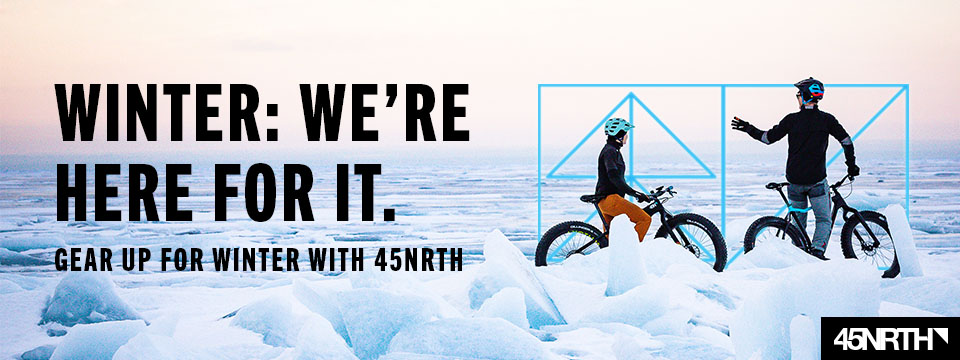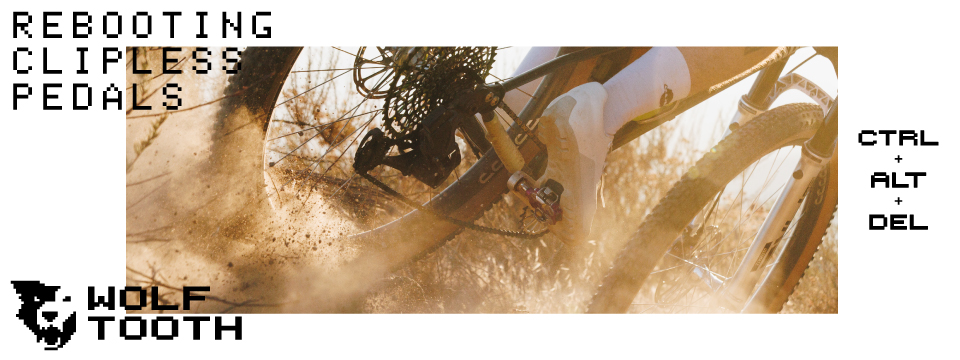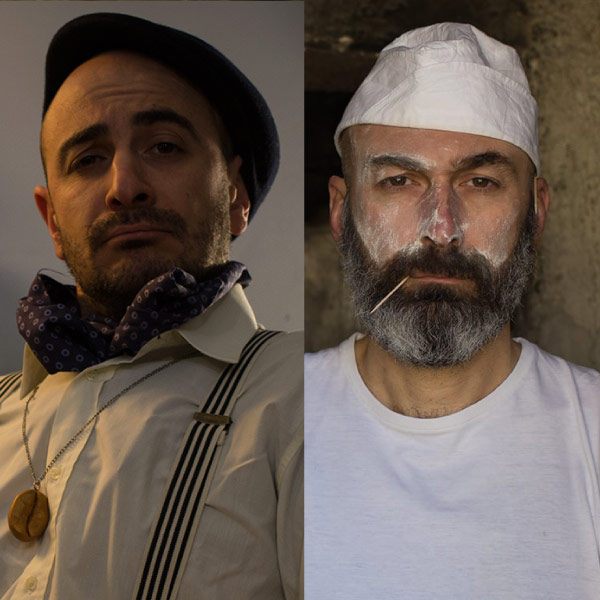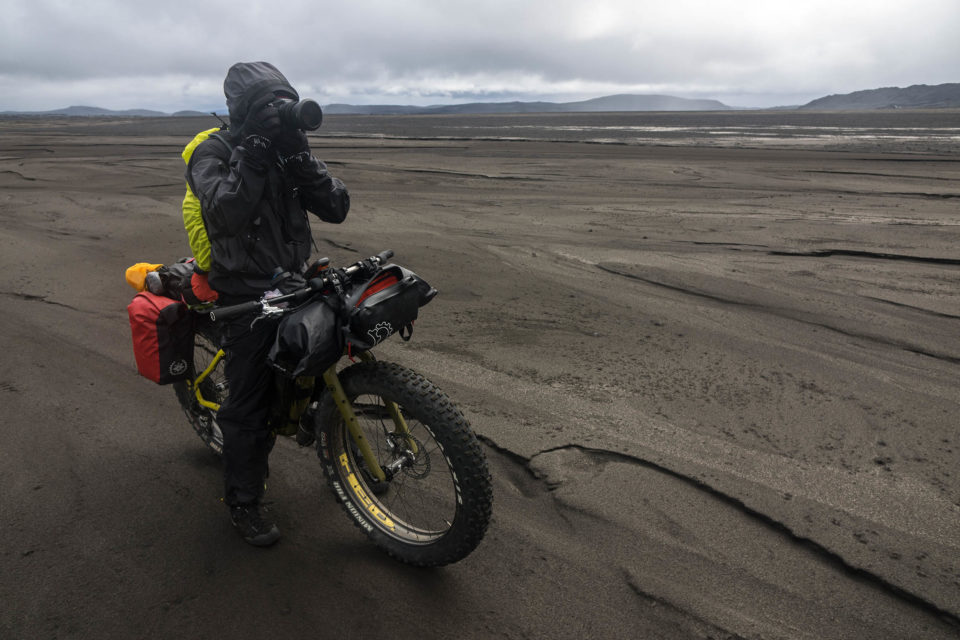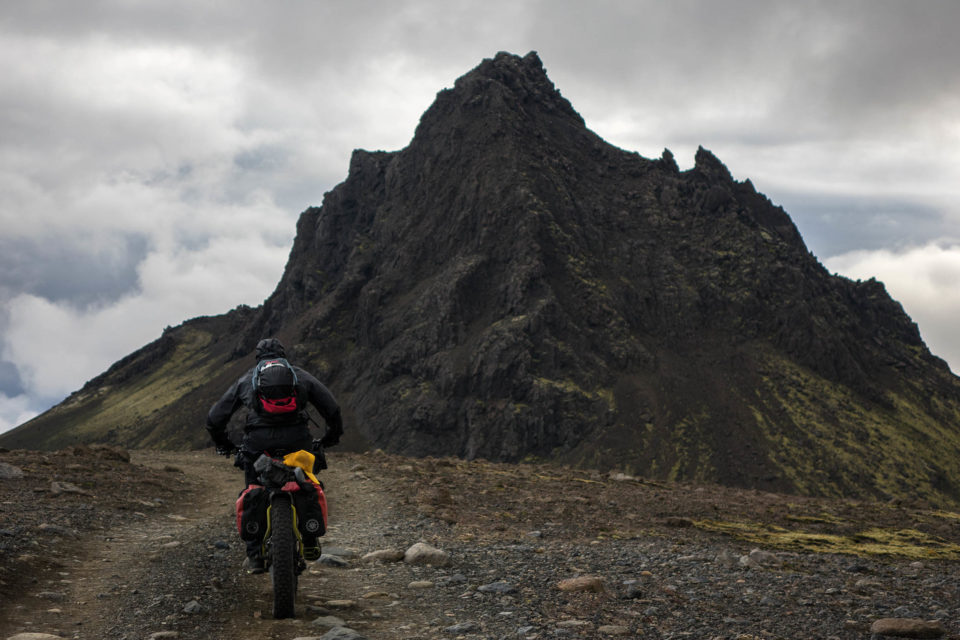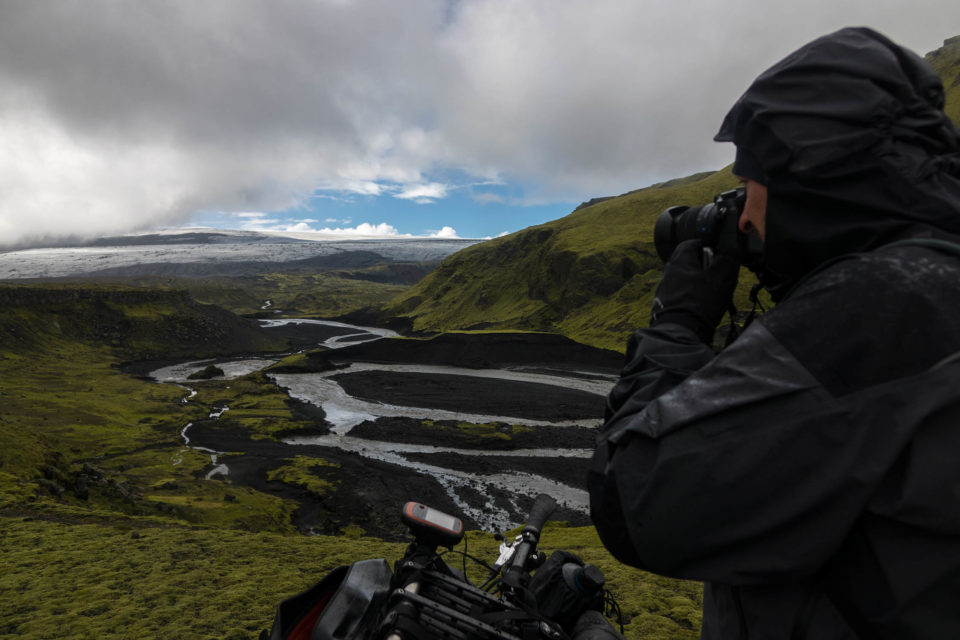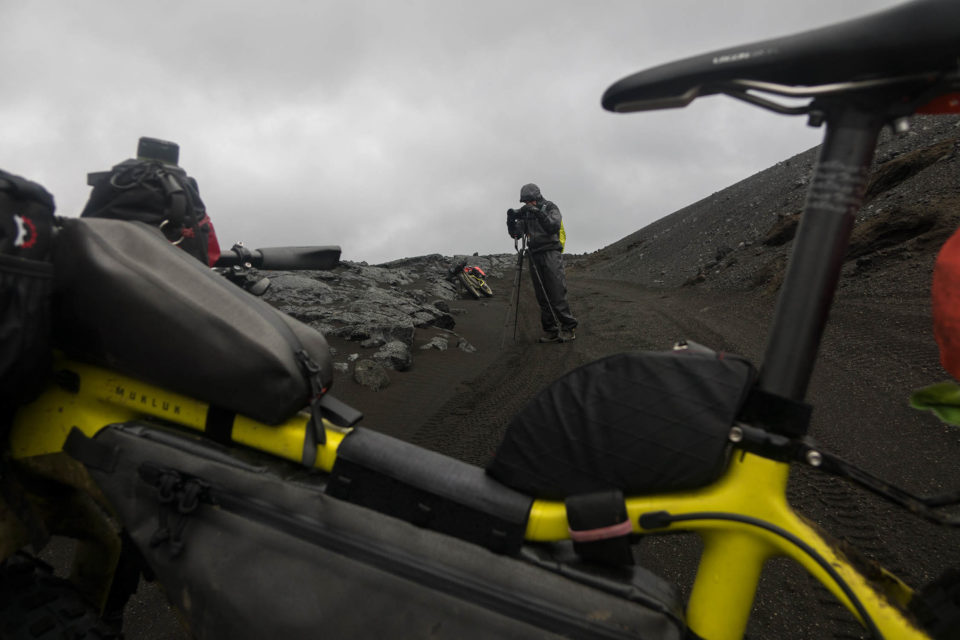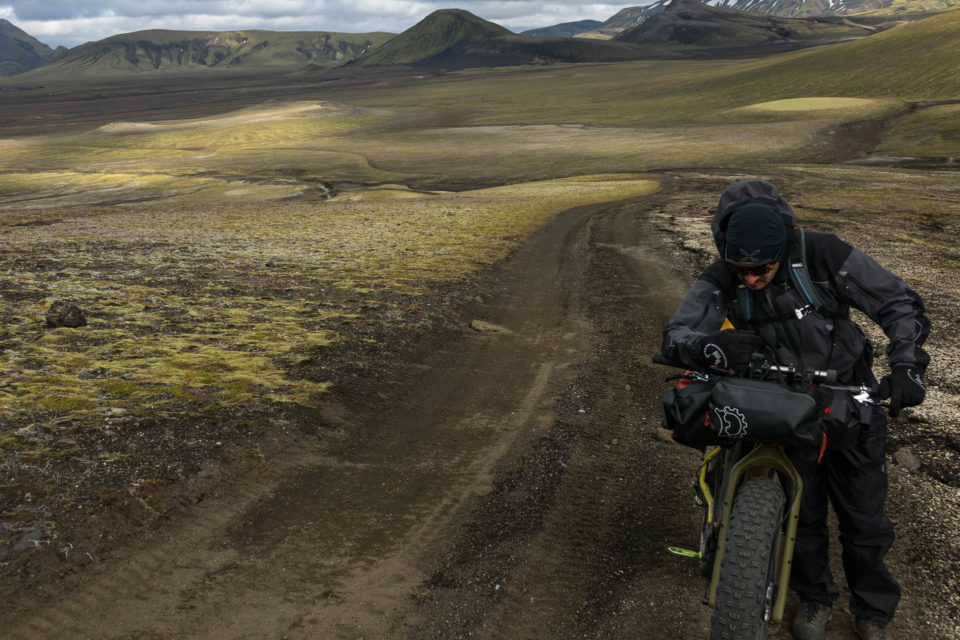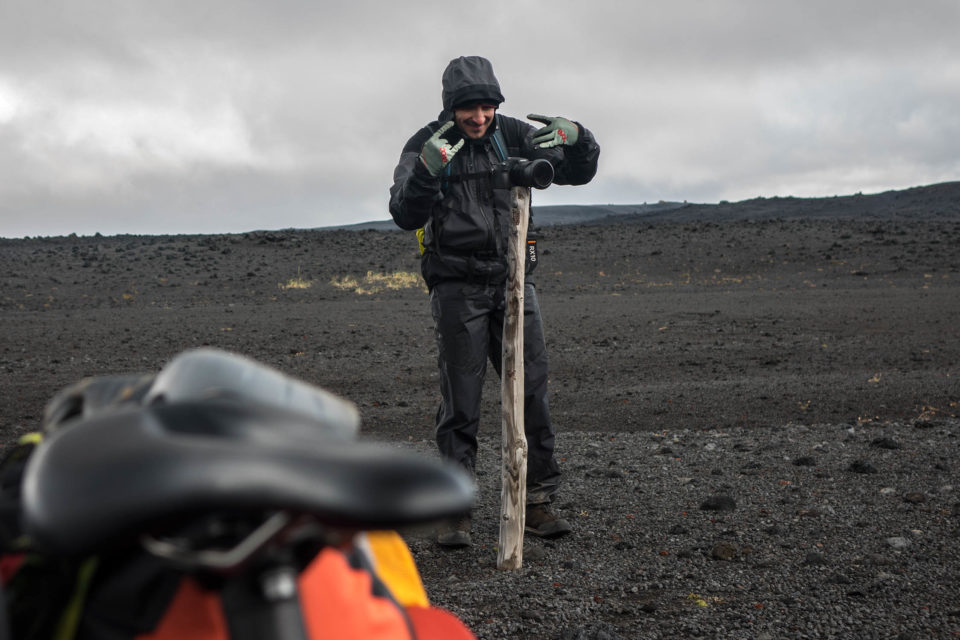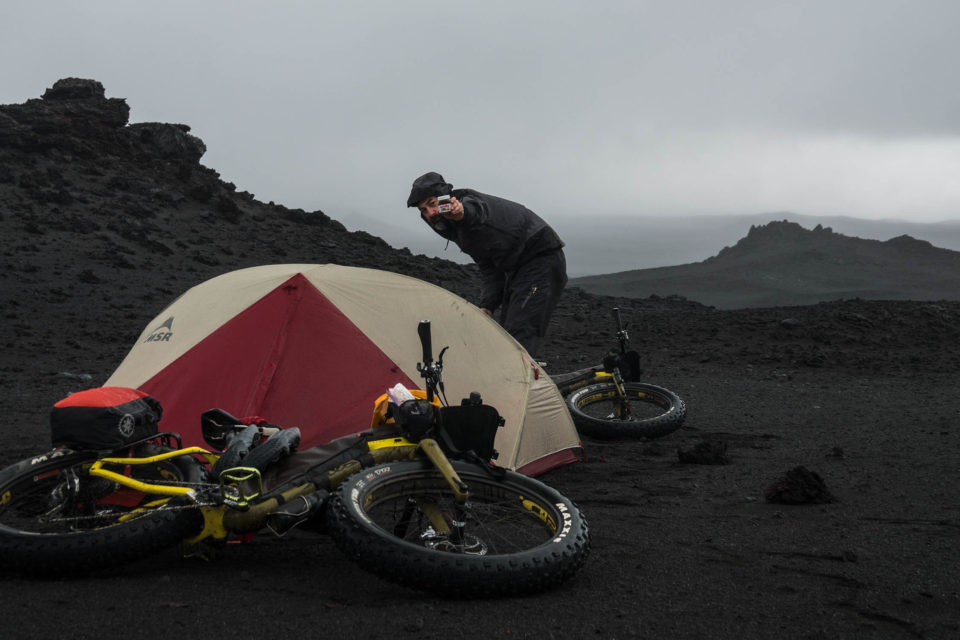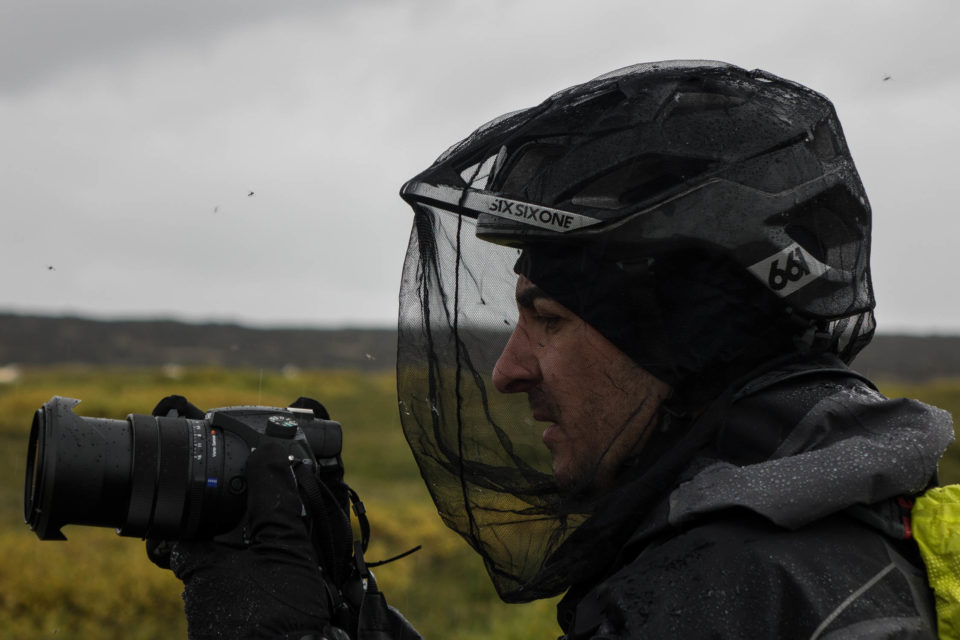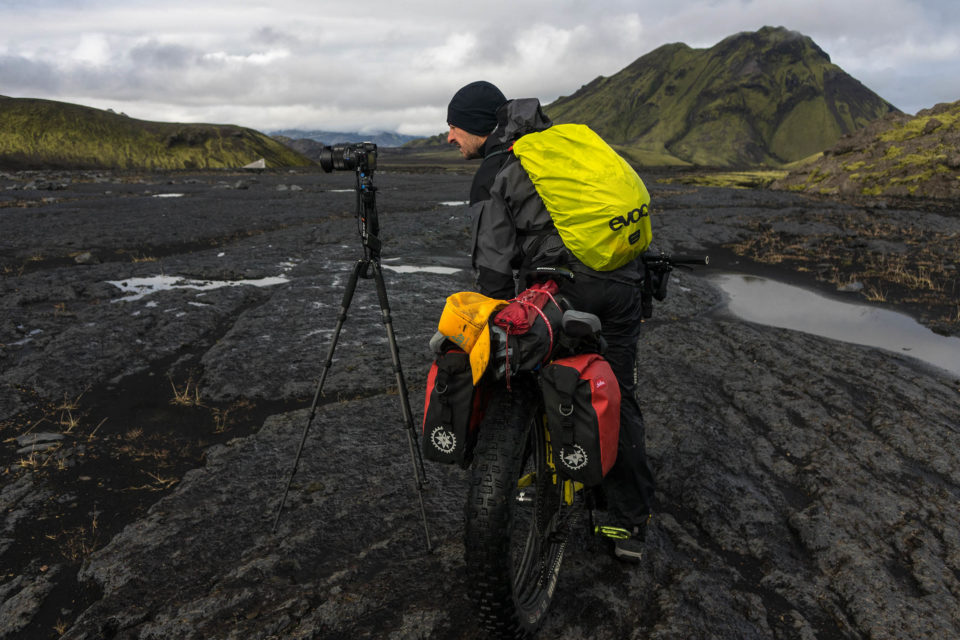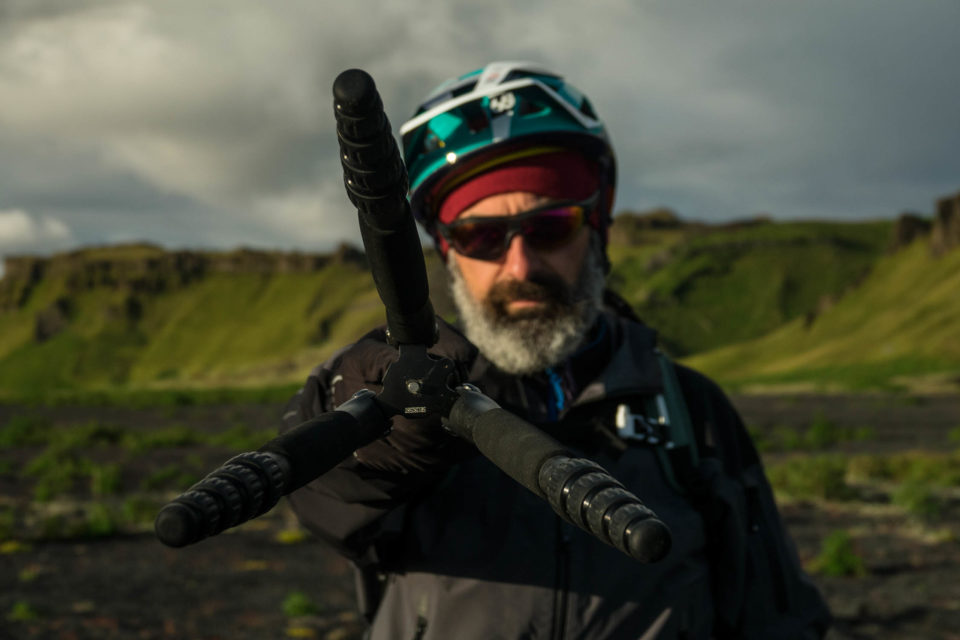Iceland Divide, a Film by Montanus
Iceland Divide is a new short film from Montanus that chronicles their recent bikepacking trip across Iceland, straight through the country’s notoriously unforgiving and desolate interior. Watch the full film here, along with behind the scenes photos and notes on the bikes and gear used for the trip…
PUBLISHED Nov 28, 2018
Iceland Divide is a new short film that follows Francesco and Giorgio of Montanus on their recent north-south fatbike traverse of the Iceland Divide Bikepacking Route, home to some of the most extreme environments on the planet. The route parallels the Mid-Atlantic Ridge and spans the entire country, across volcanic deserts, along boundless glaciers, and through otherworldly landscapes. This film captures the desolate beauty of the Icelandic Highlands, and showcases the extreme weather conditions and uniquely harsh environments that have humbled countless travelers over the ages.
Watch the full film below, and read on for details on the bikes and gear used for their crossing of Iceland, a gallery of behind the scenes photos from the making of the film, and an brief overview of the Iceland Divide Bikepacking Route.
Why Fat Bikes?
The route we traced crosses greatly varied environments, and each one has different terrain, from asphalt, to gravel, to volcanic ash, and solidified lava. Especially in the most remote area of the route, an expansive field of lava stones. It’s here that your trip can easily become an odyssey.
In researching the route, we noticed many photos of the 4WD vehicles that the local Icelanders use to move about in the Highlands. Their off-road vehicles are raised up and have enormous wheels that are equipped with a pneumatic system, controlled by the passenger compartment. This allows them to increase or decrease tire pressure to suit the terrain.
As such, the fat bike seemed to us the most appropriate choice to us, and it proved its worth in the field. On the asphalt and gravel stretches, we kept tire pressures high to reduce rolling resistance, and we deflated them in the rougher stretches when we need for more grip and forgiveness. Our fat tires also gave us the opportunity to ford some rivers without having to hop off the bikes, even over extremely loose and slippery stones.
Many people have asked us via email or messages if a fat bike is really required to cover the route. For us, it’s the optimal choice because it allowed us to pedal the whole route, even when fully loaded with 10 days of supplies in our panniers. This doesn’t mean that you couldn’t complete the route with plus tires or something smaller, but it just depends on how much you’re willing to compromise.
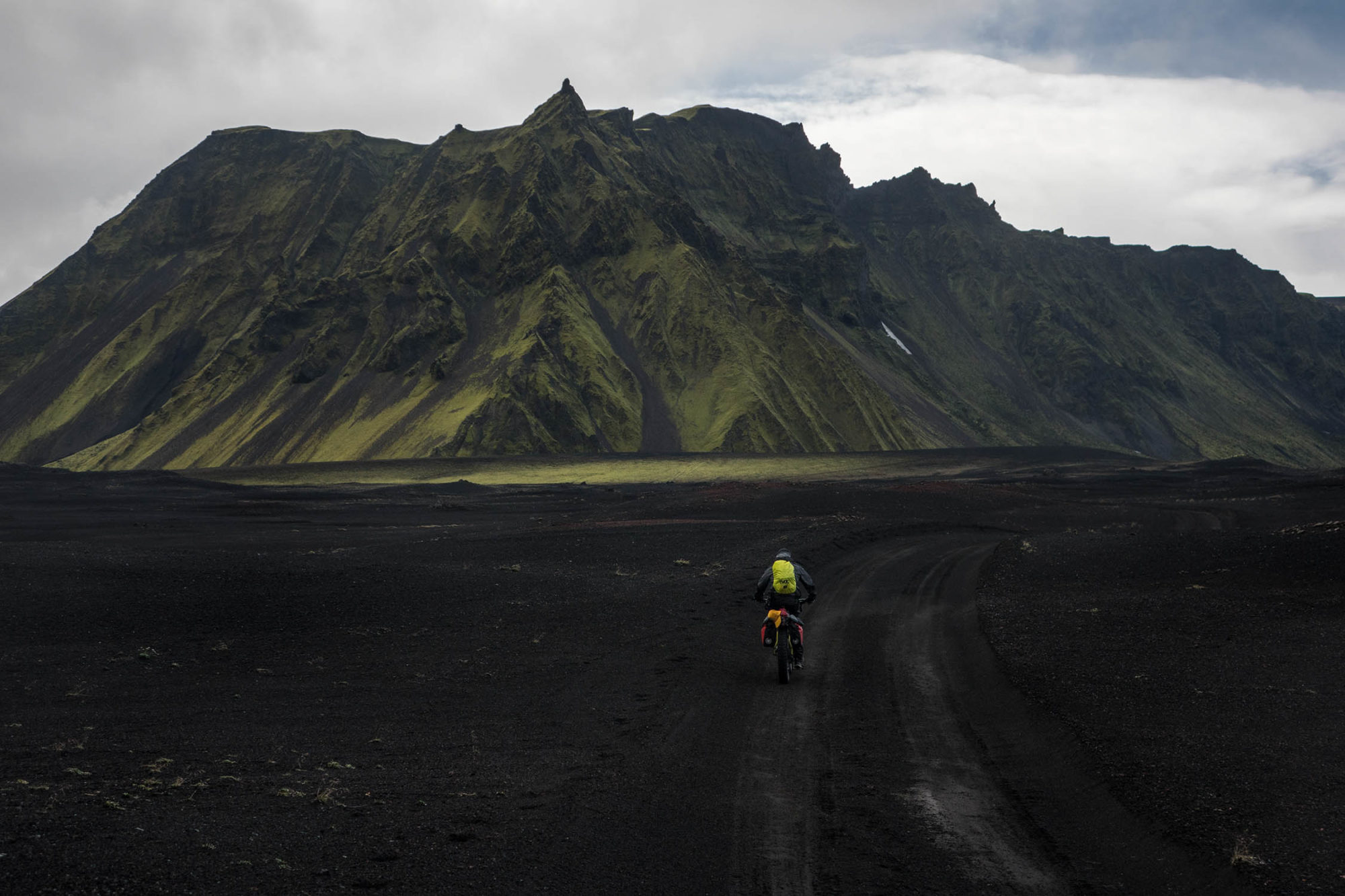
Bikes and Bags
We rode two carbon 2018 Salsa Mukluks (size M and L) with a few notable upgrades. Specifically, we swapped out the stock parts for Salt Flat DeLuxe Handlebars (750/800mm), Formula Cura brakes (160mm/180mm rotors), Ergon GS1/GA3 grips, Ergon SMC4 saddles, and OneUp Components flat pedals.
We ran Salsa Alternator rear racks paired with 14L panniers to transport 10 days’ worth of food supplies. We each anchored a cylindrical watertight bag to our rack using Voile straps, along with Crocs for fording rivers on foot, and our tripods. We used Salsa EXP Series FAT Framepacks and EXP Series Toptube Bags.
In the cockpit, we mounted Revelate’s Harness, Saltyroll, Mountain Feedbags. To complete the kit, we used Revelate Jerrycans for tools and spare parts, and their Yakataga Dry Pocket bags for quick (but waterproof) access to our cameras. Thanks to its waterproof construction and T-zip, the Yakataga Dry Pocket saved one of the cameras when it was completely submerged during a river crossing gone wrong.
Camping Gear
Our collective camping equipment consisted of an MSR Reflex 2 Ultralight Tent, two NeoAir Xlite inflatable sleeping pads, and two Therm-a-Rest Antares HD sleeping bags. For cooking, we opted for an MSR MicroRocket canister stove, a stainless pot, Titan Tool Spoons, and MSR Titanium cups. We used an MSR Trail Shot to filter the sediment out of glacial rivers. And we also brought some ready-to-eat food and energy bars from Adventure Food, tortillas, cold cuts, tea and coffee, candy, chocolate, biscuits, peanuts, and dried fruit.
Filming Equipment
We brought the same filming equipment that used in Patagonia. Two Sony RX10 cameras (Mark II and Mark III), with 11 batteries each, a Phottix Aion remote controller, and two GoPro Hero 5 cameras with 6 batteries each. The only modification was the using a carbont SIRUI T-025SK tripod instead of the aluminum model.
About The Iceland Divide
The Iceland Divide is a nine-day, 344-mile (554 km) bikepacking route that crosses Iceland from the north to south coast by following the mid-ocean ridge fault line that runs the length of the country. Departing from Akureyri, located at the base of Iceland’s longest fjord, it follows doubletracks and gravel roads as it passes through lava fields, beside volcanic glaciers, and into some of the most remote areas of the country. See our complete Iceland Divide route guide for details and additional photos.
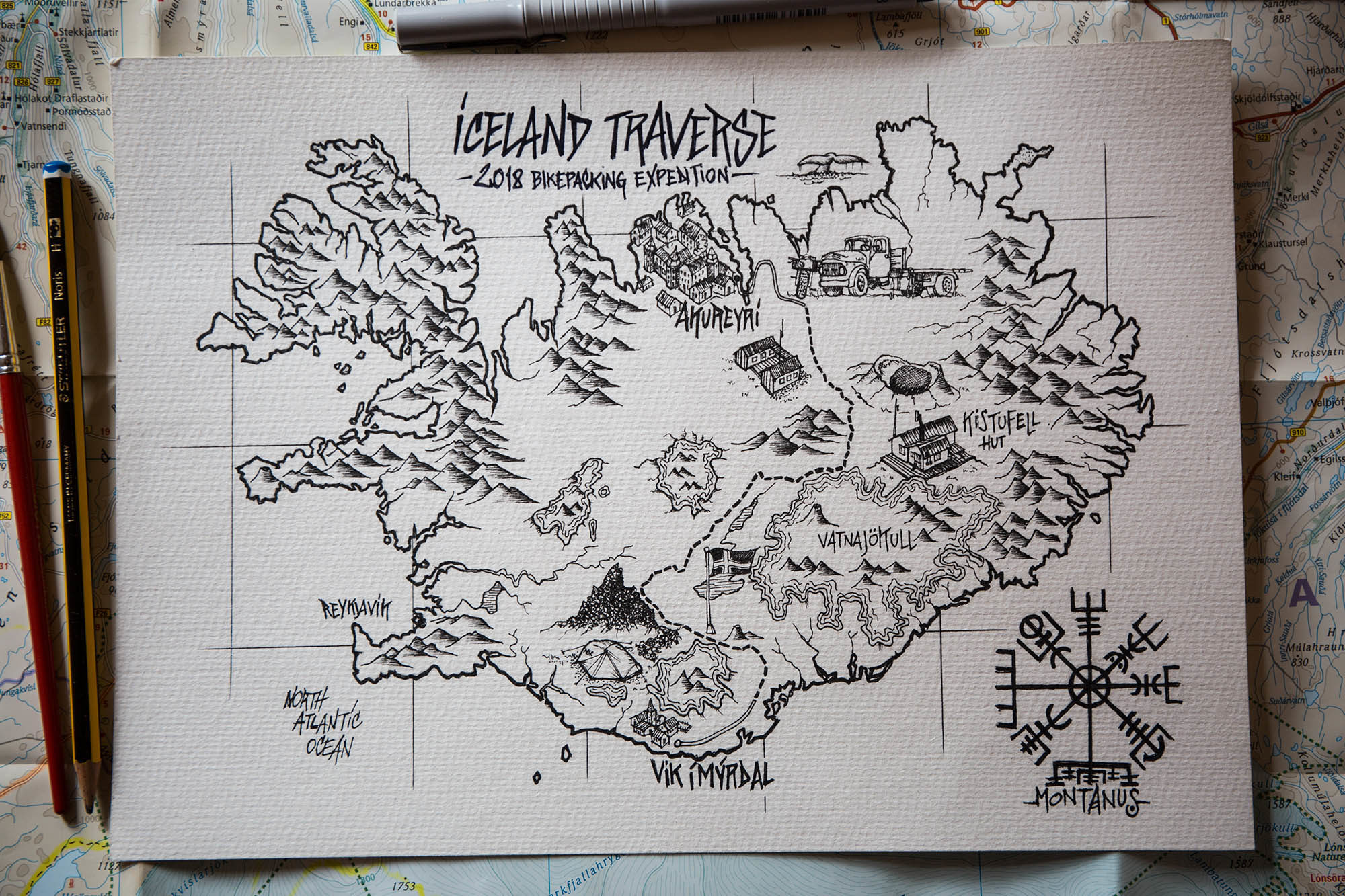
Please keep the conversation civil, constructive, and inclusive, or your comment will be removed.







